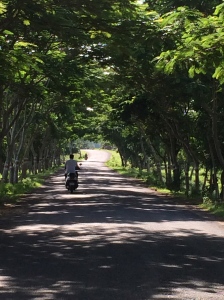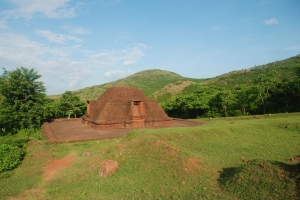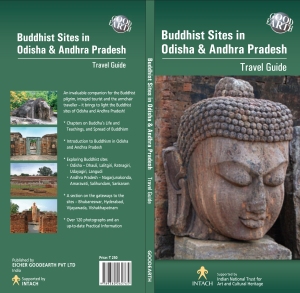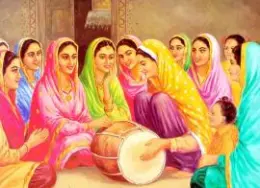Hardly 30 minutes out of Gurgaon (just 25 kms) and a comfortable drive along the State Highway 248A, one comes across the town of Sohna. At first glance, particularly when driving into the crowded bylanes around the famed Shiva Temple, the town seems extremely ordinary; just like those other towns one bypasses while driving along the highway.
Famous for its sulphur springs where people from afar come and bathe due to its renowned medicinal values, the town is associated with medieval history. The springs were believed to have been identified in the 14th century. The area around the springs also has a mention in Abul Fazal’s Ain-i-Akbari according to a plank located at the temple here. Currently, in the temple premises, there are separate bathing facilities for men and women, and during festive occasions, the temple is submerged in the sea of devotees.
The most magnificent structure that gives the town a hint of antiquity are the ruins of the Sohna Fort, dated to 1700-1857. Cutting across the winding Highway 71B, on the way from Palwal to Rewari in the Aravalli Hills, the red brick fortress glimmers in the sunset. The highway, in fact, cuts right through the very bastions of the fort, with parts of the ruins lying on both sides of the highway.
It is clear that the fortress is not maintained by any heritage body (the only path leading upto it is a rock-cut path between thorny bushes), but its location on a hill-top is a place where travellers driving across the highway would certainly stop, particularly to observe a splendid sunset across the vast inhabited horizon of the town that is Sohna.
A further 25 kms from Sohna lies the town of Nuh, which is the district headquarters of Mewat, which was once a royal kingdom spanning parts of modern-day Haryana, Rajasthan and Uttar Pradesh.
The town has been a centre of great importance as far back as the 13th century when it became the site of the Tomb of Sheikh Musa, a khalifa (successor) of Hazrat Nizamuddin Aulia. According to some accounts, the Mughal king Akbar, whenever on his way up north from Fatehpur Sikri, would make it a point to stop at this revered saint’s tomb.
The structure, that does not appear to be very striking, has a secret within for which it is renowned; its shaking minarets. There is a pair of minarets in the façade of the mosque that has this unique quality. The trick here is that, if one of the pillars is shaken, vibrations are felt in the adjacent minaret. Not many people have been able to explain this mechanism, and for the devotees, this is by the grace of Allah.
The more magnificent structure though stands 3 kms to the west of the town. Chui Mal ka Talaab, a rectangular ancient water tank is believed to have been built in the 17th century by an influential salt trader of his time, Seth Chui Mal. The structure around the pond has a set of ancient cenotaphs (chhatris) – eight of them, to be precise – made of red stone, and have beautiful carvings on its walls.
At a stone’s throw away from the water tank, lies a magnificent two storied structure with multiple chhatris. Resembling the Akshardham Temple in Delhi, although much smaller in dimension, this structure is where Seth Chui Mal’s samadhi has been preserved and the structure was built by his sons. This splendid monument – that can give any other protected monument in the state a run for its money – is surprisingly not protected by any heritage body, and is in fact a private property, owned by the descendants of the salt trader, who live just a couple of meters away from this site.




































